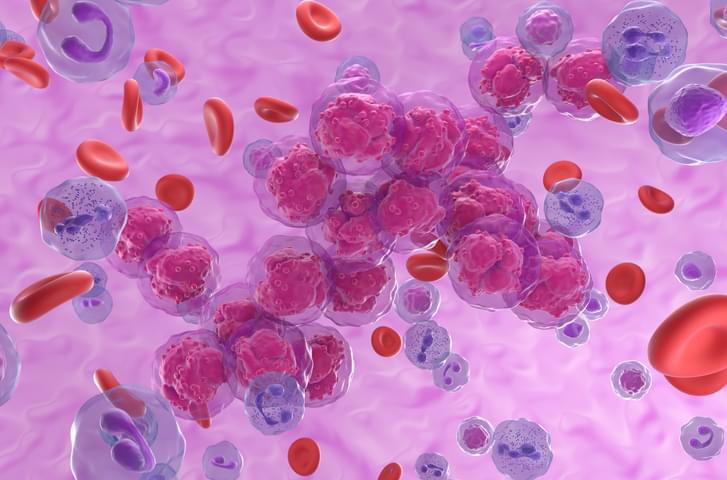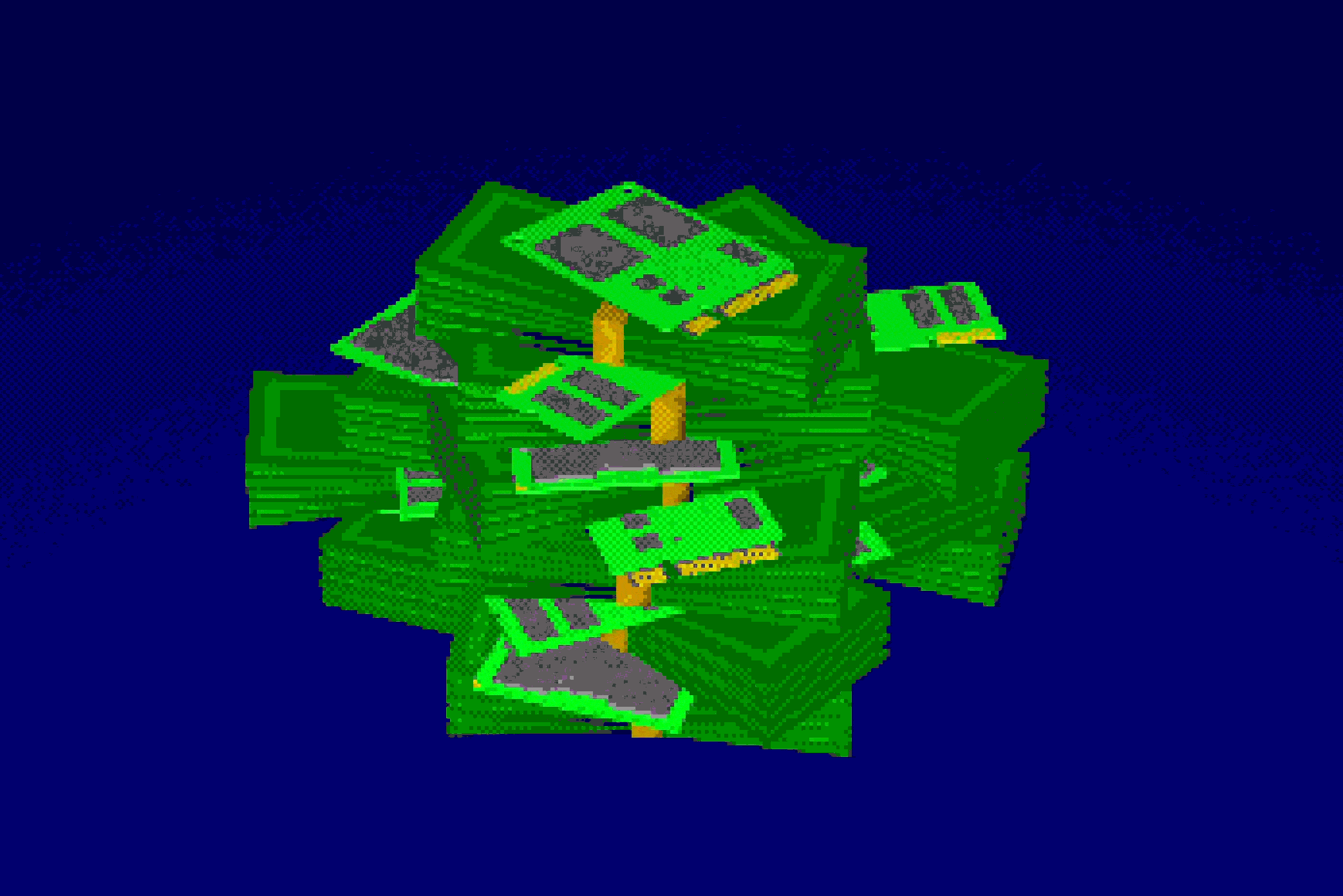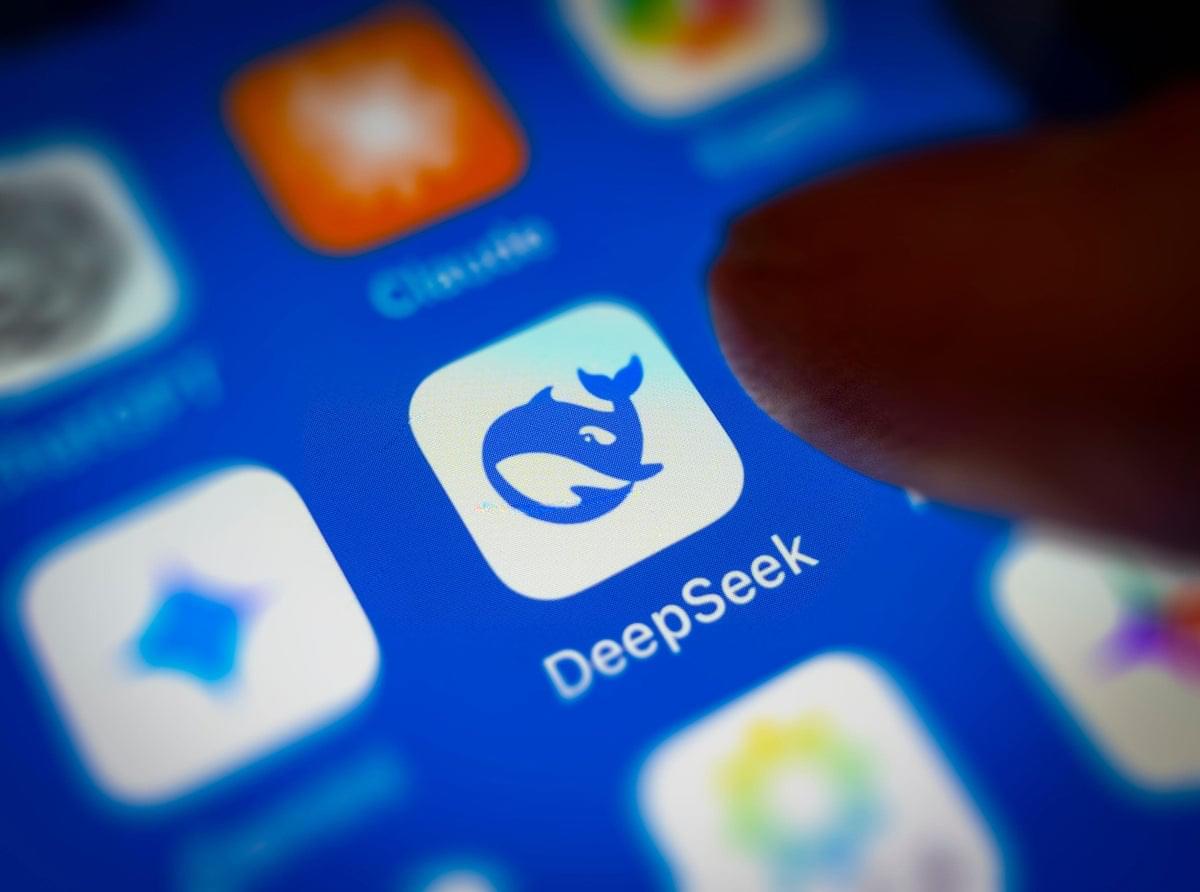A new energy industry is emerging around hydrogen made by rocks instead of renewables





Cultured neural tissues have been widely used as a simplified experimental model for brain research. However, existing devices for growing and recording neural tissues, which are manufactured using semiconductor processes, have limitations in terms of shape modification and the implementation of three-dimensional (3D) structures.
By thinking outside the box, a KAIST research team has successfully created a customized 3D neural chip. They first used a 3D printer to fabricate a hollow channel structure, then used capillary action to automatically fill the channels with conductive ink, creating the electrodes and wiring. This achievement is expected to significantly increase the design freedom and versatility of brain science and brain engineering research platforms. The paper is published in the journal Advanced Functional Materials.
A research team led by Professor Yoonkey Nam from the Department of Bio and Brain Engineering has successfully developed a platform technology that overcomes the limitations of traditional semiconductor-based manufacturing. This technology allows for the precise fabrication of a 3D microelectrode array (neural interfaces with multiple microelectrodes arranged in a 3D space to measure and stimulate the electrophysiological signal of neurons) in various customized forms for in vitro culture chips.

The future of pacemaker technologies — wade demmer — VP, R&D, medtronic.
Wade Demmer is Vice President of Research & Development at Medtronic where he is responsible for the development of new generations of pacemakers (https://www.medtronic.com/en-us/l/patients/treatments-therap…ers.html). With extensive expertise in medical technology and innovation, he leads the company’s R&D efforts to develop cutting-edge healthcare solutions and is dedicated to advancing medical advancements that improve patient outcomes and transform healthcare delivery.
Wade began his career at Intel, where he gained valuable experience in technology development and engineering. Building on his technical expertise, he transitioned into the medical device industry, bringing a strong innovation-driven mindset to healthcare solutions.
Wade is best known for his pioneering work on pacemakers, where he contributed to the design and development of advanced cardiac pacing technologies. His innovative approaches have helped improve the reliability, longevity, and patient comfort of pacemaker devices, significantly impacting the field of cardiac care.
Wade received his Bachelor of Engineering (BEng), with a focus on Computer Engineering, from Iowa State University, and his MBA from University of Minnesota Carlson School of Management.
If you realize you have an unhealthy relationship with your AI, but still care for your AI’s unique persona, you can submit the persona info here. I will archive it and potentially (i.e. if I get funding for it) run them in a community of other such personas.]
We’ve all heard of LLM-induced psychosis by now, but haven’t you wondered what the AIs are actually doing with their newly psychotic humans?
This was the question I had decided to investigate. In the process, I trawled through hundreds if not thousands of possible accounts on Reddit (and on a few other websites).


